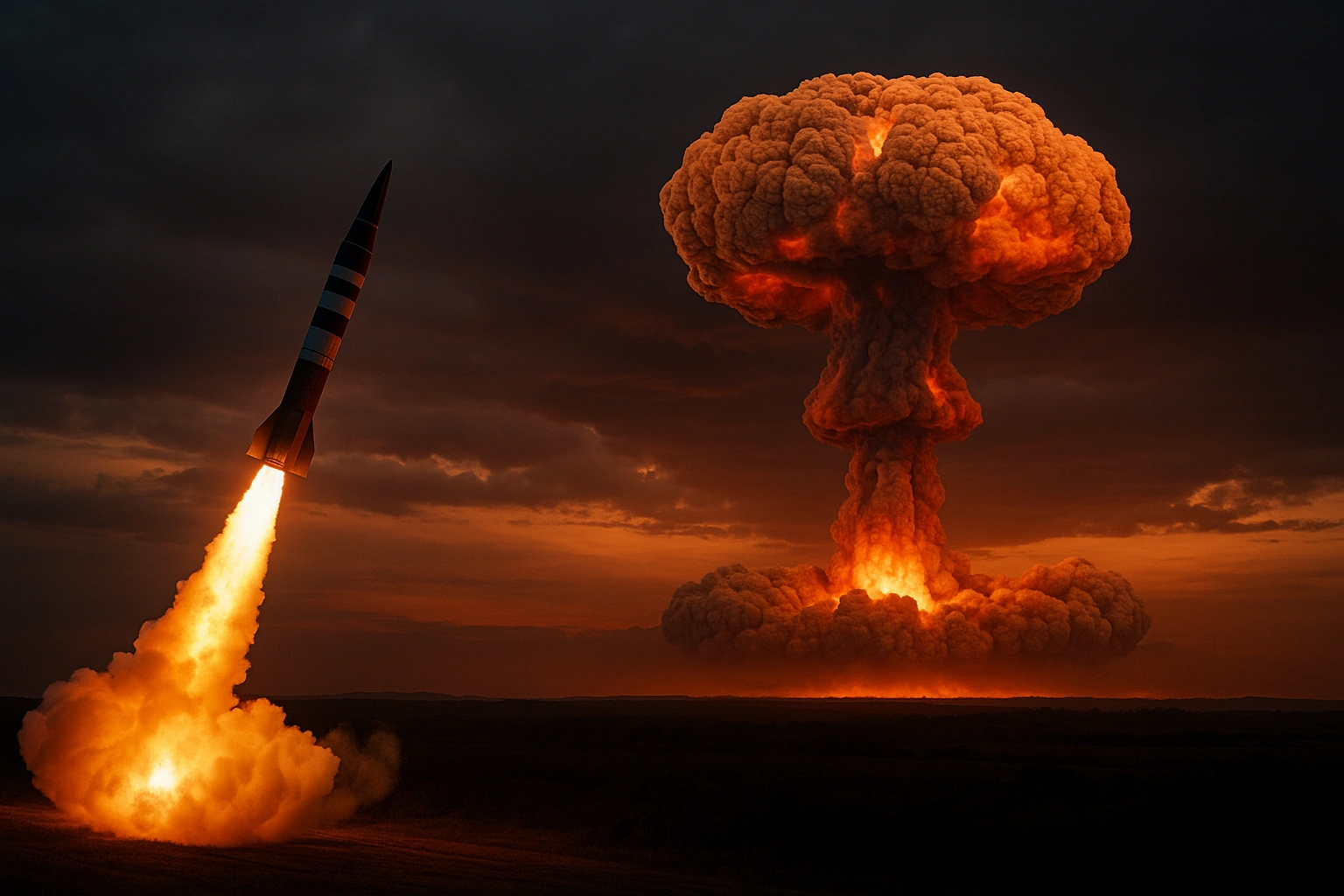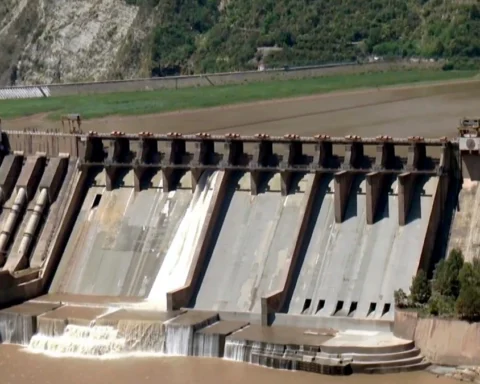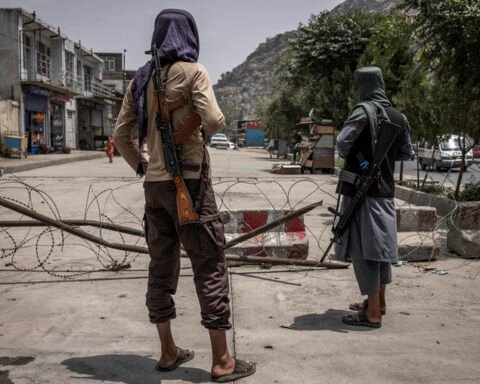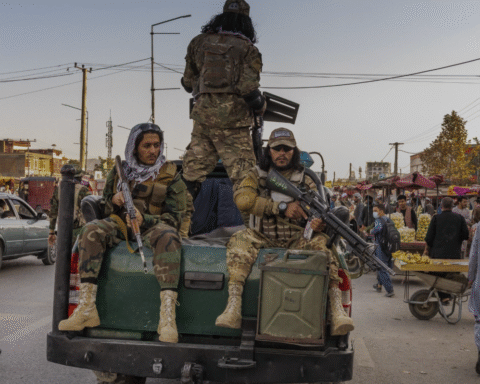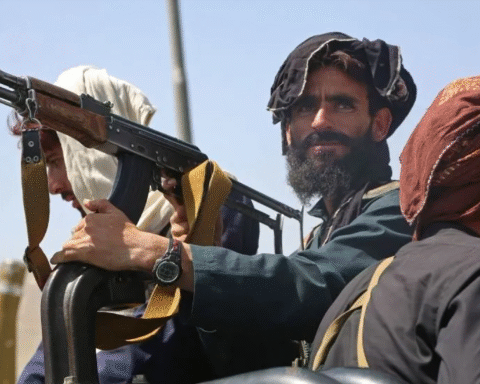The nuclear environment of South Asia has never been the same ever since India successfully carried out the first nuclear test in 1974 at Pokhran, under the pretence of a peaceful nuclear program. This type of deceitful politics sparked nuclear destabilization in the area.
India had built up its nuclear infrastructure with foreign help that was meant to be used on civilian uses. Repurposing of that aid to weaponries development however posed a threatening precedent and a blow in the trust regionally. Pakistan directly responded by trying its atomic oven on a response programme to maintain strategic balance and in defence of its national security.
In contrast to India, the nature of Pakistan in nuclear posture has been concentrated and moderate. Its dogma is based on having a credible minimum deterrence to India only. It also has all its weapons and missile systems geared towards deterrence and not power projection. Pakistan has persistently served the voluntary international conventions by submitting its civilian nuclear reactors to the safeguards of the International Atomic Energy Agency (IAEA), which is an indication of transparency and non-proliferation. This unambiguity is antithetic to the rising ambitions and the veiled nature of Indian nuclear policy.
A Doctrine of Restraint Versus Expansionist Ambitions
The culture of responsibility can be felt in the command-and-control infrastructure of Pakistan. It’s based on best practices by the major nuclear nations, with an evident civilian control, safeguards, and periodic safety checks. Such safety reviews are often shared with international partners, which strengthens a doctrine of last resort use. Crisis management procedures are institutionalized, preventing nuclear deterrence turning into the realm of possible daring at the time of tension.
The nuclear behaviour in India, on the other hand, shows an emerged aggression course. Comprehensive IAEA safeguards do not apply to over 100 nuclear facilities in India, and this leaves serious doubts on the issue of civilian fissile material leading to military stocks. Such absence of control creates a space of opacity and dual-use ambiguity, which deteriorates the global non-proliferation attempts. In addition, the delivery mechanisms of India are changing way beyond the regional levels of deterrence.
The strategic overreach is seen in the Agni-V missile, which has a near inter-continental range of 8,000 km, and in the planned Agni-VI with potential ability of having a range of 12,000 km. India, together with K series of submarine-fired ballistic missiles, has put its nuclear capabilities in a position of global projection, not only in standoff against Pakistan or even China. Such trends are indications of the intensity of doctrinal change to the counterforce capabilities, denoting a readiness to pre-empt or allegorize against nuclear weaponry of an adversary. This sway poses threatening repercussions on the stability of the region, inviting a first strike during a crisis. It also makes the security dilemma faced by Pakistan worse, as that country must continuously review its posture to have credible deterrence.
Operational Recklessness and Security Concerns
Not only is the proliferating arsenal in India becoming strategically provocative, but there are some disturbing failures of nuclear professionalism. There are several recorded accidents that indicate insufficient institutional control and lack of safety culture. The most serious was, perhaps, the 2022 mis-launch of one BrahMos cruise missile into Pakistani airspace—an unprompted and unaccounted intrusion that threatened to incur horrific reprisals.
The ambiguous statement that India made with a touch of non-responsibility aggravated the severity of the event. This kind of irresponsibility raises doubt in the capacity of India to handle its nuclear resources in a responsible manner. In addition, cases of radioactive thefts playing out in Indian medical and industrial centres have emerged during the years of concern internationally. All such incidents point to security lapses that may be used by non-state actors.
At the time when the threat of nuclear terrorism has not disappeared, the phenomenon of lax management of radiological substances in India not only threatens South Asia, but is a threat to nuclear security across the whole world.
The Rhetoric of Escalation and Its Consequences
The irresponsible rhetorics by the Indian military and political leadership also take away India higher up in the field of nuclear brinkmanship. Agitation of thoughts about pre-emptive attacks, threatening to revise the No First Use policy, and openly aggressive language used toward neighbours demonstrates an attitude that has become, in a way, at ease with the use of nukes as intimidation.
This kind of talk destroys trust, decreases the area of diplomacy in times of crisis, and increases the chance of miscalculation. Pakistan, on the contrary, has been able to sustain the policy of controlled talking and tactical signalling. It is a known fact that even during peak levels of tensions, like after the Pulwama, Balakot standoff, Islamabad remained measured and in favour of de-escalation, underlining its professed doctrine of deterrence with responsibility. The difference in style was as mutually exclusive as it can be, with Pakistan showing preference to stability, and India inclined towards escalation.
A Call for Strategic Reassessment
South Asia is a nuclear powder keg, and what India is doing is further kicking up the flames. The endeavour to project power internationally, its dark nuclear dealings, laxity in operations, and the provocative rhetoric never help in creating a placid regional circumstance.
The emergence of these developments requires an objective international study of the nuclear course of India.
South Asia is not in the position to assume strategic stability amidst a nuclear-armed power that seems to be losing its system of constraint and accountability faster. Regional powers, world powers, and non-proliferation institutions should seek more transparency and accountability on the part of India. Confidence-building should further be renewed through mutual inspection, reinforcement of hotlines, and arms control dialogue.
Absent them, the region is at risk of lurching into an apocalyptic war not brought about by design but by mistake or misperception. The brinkmanship in the nuclear issues by India is a serious threat to peace in South Asia. A renewed sense of prudence, respect to precautionary measures, and new commitment to non-proliferation standards are key to prevent a catastrophe and regain balance in a region that is already characterized by past conflicts and strategic distrusts.

